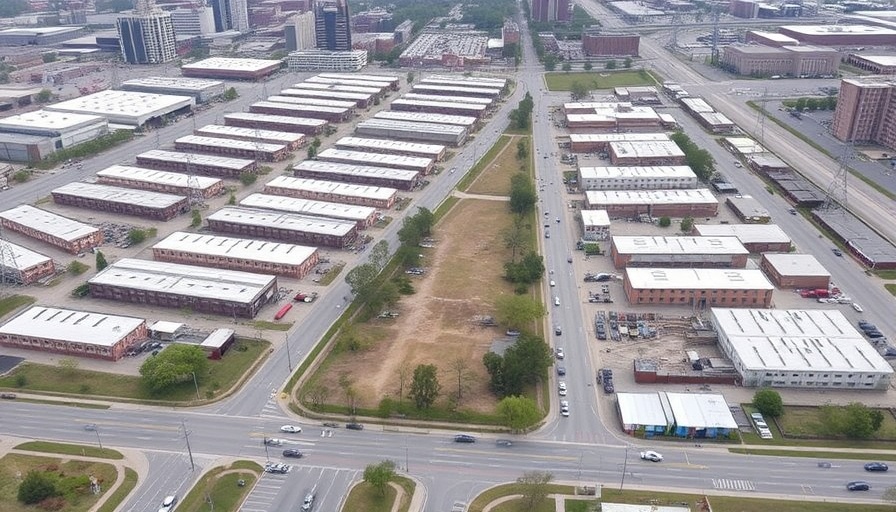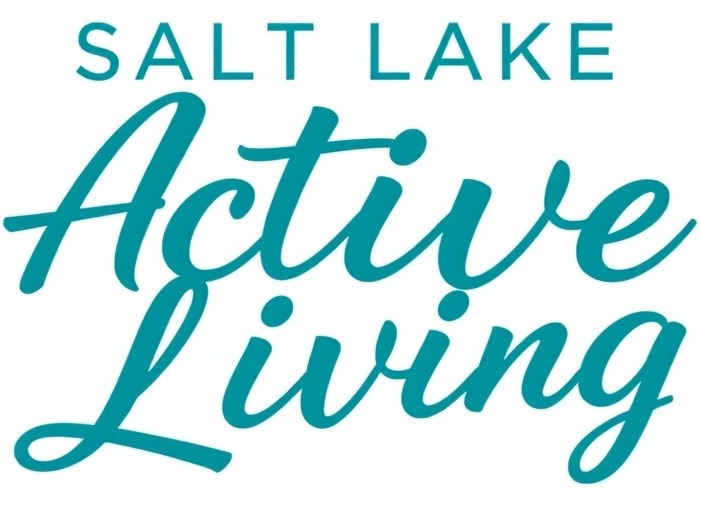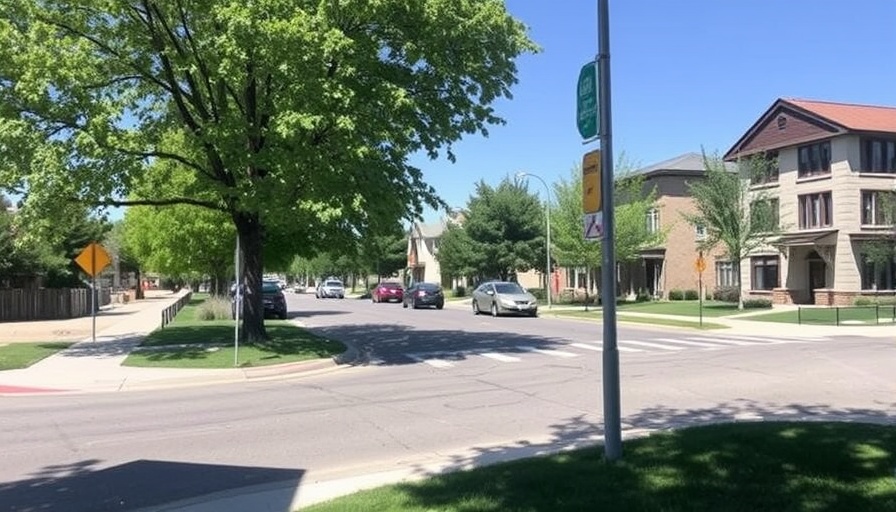
The Search for Shelter: A New Chapter in Homelessness Solutions
After a lengthy search stretching nearly a year, officials in Utah are set to announce the construction of a much-needed homeless campus in Salt Lake City. This new site will not only boost the number of available shelter beds but also represents a significant shift in the way the state approaches homelessness through holistic support and service integration.
Understanding the Location and Its Impact
The new 1,300-bed homeless campus will be located in the Northpoint area, an area traditionally recognized for its agricultural vibe yet now transitioning into an industrial hotspot. This 16-acre site at 2520 N. 2200 West will serve as a pivotal landmark in Utah’s response to the growing homelessness crisis. Mayor Erin Mendenhall has emphasized that this campus represents a critical step in supporting the state’s vulnerable populations, particularly in providing consistent shelter.
A Human-First Approach to Support
State homelessness coordinator Wayne Niederhauser envisions this campus as more than just a shelter; he views it as a transformative environment. In his words, it’s a “turning point for Utah of reimagining hope.” With the campus designed to provide on-site medical care and other wraparound services, it aims to create a supportive community where individuals can regain stability and dignity.
Challenges Ahead: Acknowledging the Broader Picture
Despite the hopes surrounding this new campus, challenges still loom large. As Randy Shumway, chair of the Homeless Services Board, has highlighted, homelessness in Utah has continued to worsen, signaling that a mere increase in beds is not the sole solution. The need for comprehensive strategies alongside sheltering is essential to deliver lasting impacts.
Connecting Resources: The Hub-and-Spoke Model
The proposed design of the shelter follows a hub-and-spoke model, aiming to benefit from community connections. Residents of the campus will not only receive support at the shelter, but will also be linked to external agencies and resources, ensuring that they can navigate their path to recovery and self-reliance.
Community Perspectives: A Balancing Act
While the plan has been met with optimism, it also raises questions about community integration and resource allocation. How can Salt Lake City ensure that while providing essential services to the homeless, they maintain the safety and wellbeing of the broader community? This is particularly crucial as police noted that a stable shelter could ease emergency calls, allowing them to refocus on public safety and community relations.
Looking Forward: Predictions and Insights
As preparations begin for the campus to open by 2027, there is reason for cautious optimism about its potential impact. The hope is that this facility will not only accommodate individuals experiencing homelessness but also contribute to reducing public safety challenges in Salt Lake City. Will combining shelter and services in one location lead to decreased homelessness in the city? Time will tell.
A Collective Responsibility
The establishment of a new homeless campus in Salt Lake City signifies a monumental effort to combat the escalating issue of homelessness in Utah. With the commitment to a human-first approach and integration of vital services, the state is taking proactive measures not only to provide refuge but also to cultivate opportunities for recovery. As the community navigates this transition, engaging with all stakeholders— from local government to residents— will be crucial in redefining how Utah supports its most vulnerable populations.
 Add Row
Add Row  Add
Add 




Write A Comment